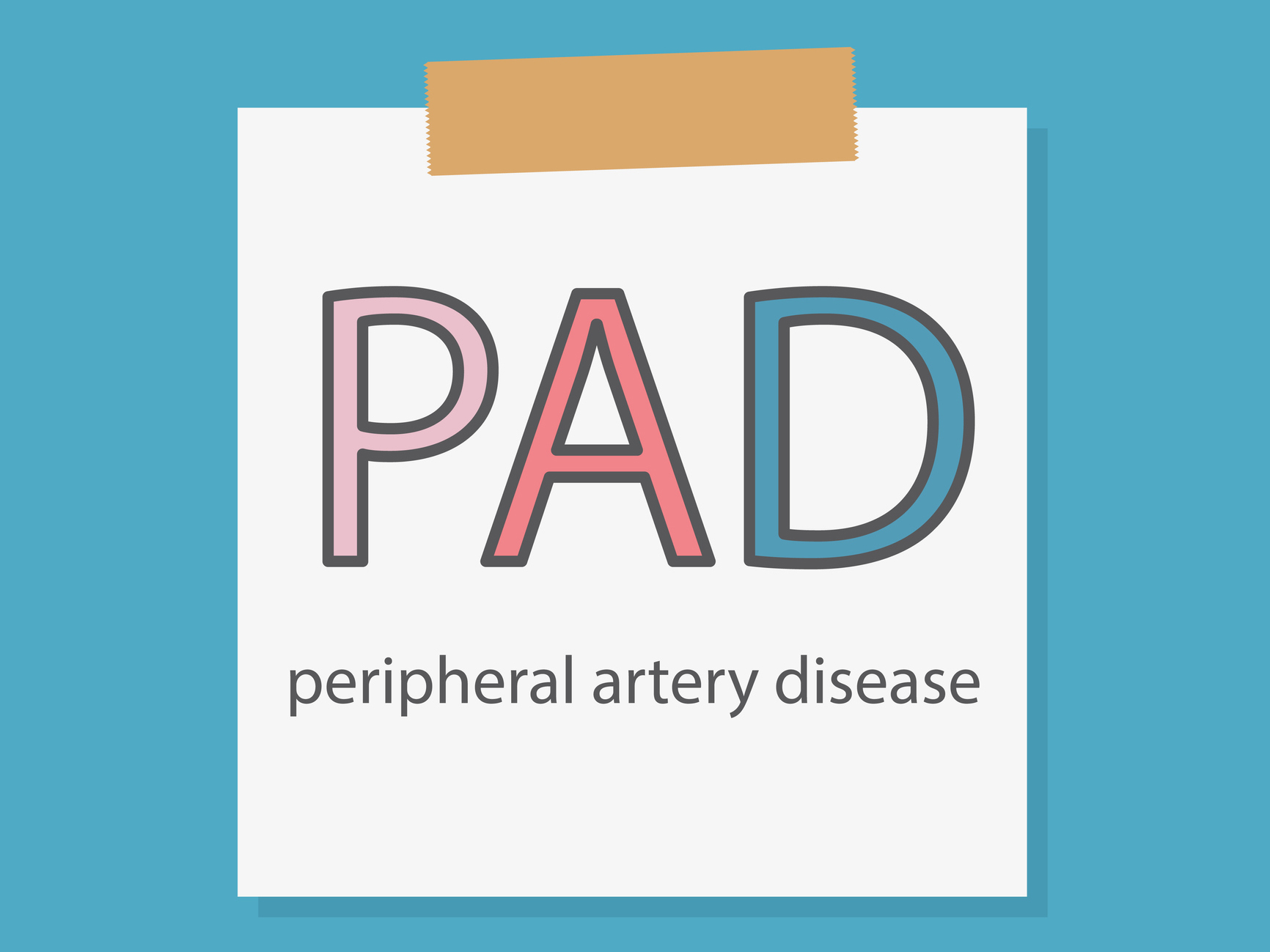Get Easy Health Digest™ in your inbox and don’t miss a thing when you subscribe today. Plus, get the free bonus report, Mother Nature’s Tips, Tricks and Remedies for Cholesterol, Blood Pressure & Blood Sugar as my way of saying welcome to the community!
The missing nutrient that could prevent peripheral artery disease

Peripheral artery disease (PAD) affects approximately 8.5 million people in the United States and up to 20 percent of people over the age of 60.
Put simply, it’s when a buildup of fatty plaque in your arteries (known as atherosclerosis) narrows the vessels so that your blood has a hard time going where your body needs it.
It can happen in either your arms or your legs, it’s far more common in the legs, leading to pain, cramping, muscle loss and even sores or ulcers on your limbs.
While the disease can be serious, many people are able to stop the progression of PAD or even reverse their symptoms using lifestyle changes like exercising more, quitting smoking and eating a heart-healthy diet.
Now, new research published in the journal Lipids has found that there is one more change you can make that could help you prevent or overcome peripheral artery disease and it’s the easiest addition to your day you’ll ever make.
The nutrient that slays PAD
Evidence from previous studies had shown that omega-3s, the fatty acids you get when you eat fish or take a fish oil supplement, affect many steps of the process leading to atherosclerosis.
That’s because they improve the function of your endothelium (the lining of your blood vessels), relax smooth muscle cells so you’re your blood vessels can dilate to let your blood flow freely, decrease wall stiffening, delay the developments of plaques in the vessels and act as antioxidants, anti-inflammatories and antithrombotics (stopping clot formation).
With that huge list of benefits, and because PAD is essentially atherosclerosis of the leg arteries, researchers at OmegaQuant — an independent, CLIA-certified lab that offers Omega-3 Index testing to researchers, clinicians and the public, and sets the standard for fatty acid testing — decided to see if there was a link between PAD and omega-3 fatty acid deficiency.
The investigators compared the Omega-3 Index in 145 patients with PAD to 34 controls without PAD and found:
- The Omega-3 Index was significantly lower in the PAD patients than the controls (5 percent vs 6 percent).
- For every 1 percent unit reduction in the Omega-3 Index, the odds of being a PAD patient increased by 39 percent.
- For every additional pack-year of smoking, the odds of being a PAD case increased by 4 percent.
“It is likely that the lower inflammatory burden associated with a higher Omega-3 Index may be part of the explanation for these results,” said Bill Harris, Ph.D., one of the study’s authors. “Whether long-term use of omega-3 supplements and/or increased consumption of oily fish could prevent the development of PAD should be examined in future studies.”
Does a safe, natural dietary nutrient need more studies?
It’s great that this research is going to continue. But, I say, “Why wait” when you can start protecting your heart now?
After all, like those previous studies have demonstrated, omega-3s are incredibly heart-healthy. Otherwise, the standard treatment for peripheral artery disease starts with an angioplasty to open narrowed or blocked blood vessels, and that’s something I don’t think anyone looks forward to.
Getting started today doing something great for your heart, while potentially preventing or reversing PAD, doesn’t require anything other than getting more omega-3s from your diet. And that’s not very hard…
For starters, you could eat more fish, like:
- Anchovies
- Sardines
- Salmon
- Herring
- Mackerel
If you’re not a fan of fish or think you won’t eat enough to help, fish oil supplements are readily available at drugstores across the country. A quality fish oil supplement should be free from pollutants. Choose wisely.
Up to 20 percent of people over 60 may suffer from PAD but you don’t have to be another statistic no matter what your age. Follow the lifestyle guidelines for preventing and reversing peripheral artery disease including exercising, giving up smoking, eating heart-healthy, and now getting plenty of omega-3s in your daily diet.
Sources:
- Peripheral Arterial Disease (PAD) Fact Sheet — Centers for Disease Control and Prevention
- Prevention and Treatment of PAD — American Heart Association, Inc.
- New research shows people with PAD could have an omega-3 deficiency — EurekAlert!












